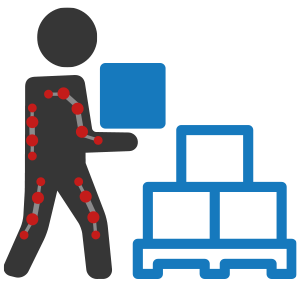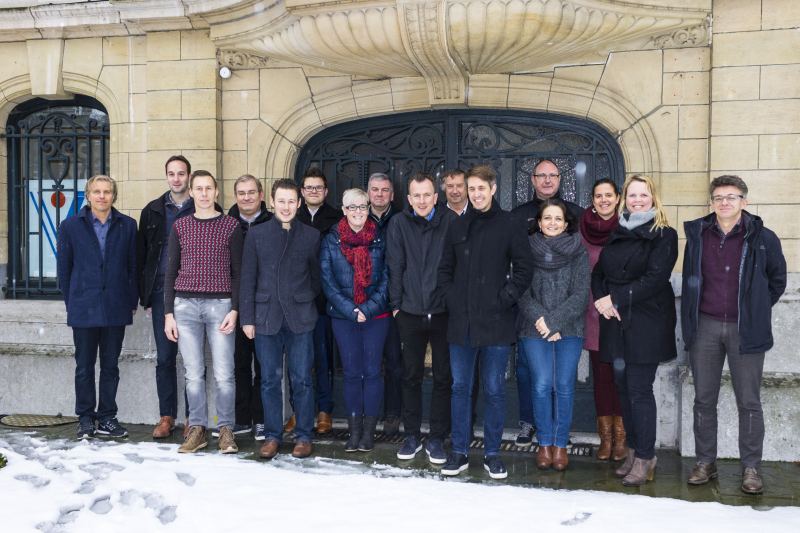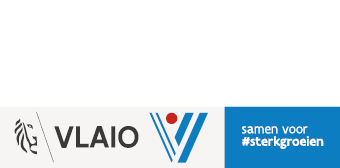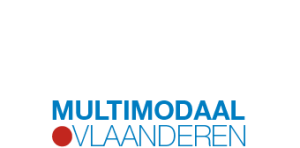The rise of bionic technology, like ‘wearables’ and ‘exoskeletons’, push the physical boundaries of the human body. Smart clothing, smart glasses, bionic arms and even smart contact lenses have the potential to support logistic employees when it comes to process execution or optimization and communication, and also to minimize health and security risks.
Exoskeletons can be considered as ‘wearable robot suits’ that boost the human body in terms of strength and endurance. This technology is currently used for rehabilitation in the health sector and for handling heavy equipment in the industry.
Opportunities
- To reduce physical strain when doing repetitive manuel tasks (order picking, packing, loading and unloading, …). Physical strain can lead to physical ailments, reduced productivity, low motivation and finally absenteeism
- To support older operators with physically demanding tasks
- To increase productivity of repetitive tasks and heavy lifting




















